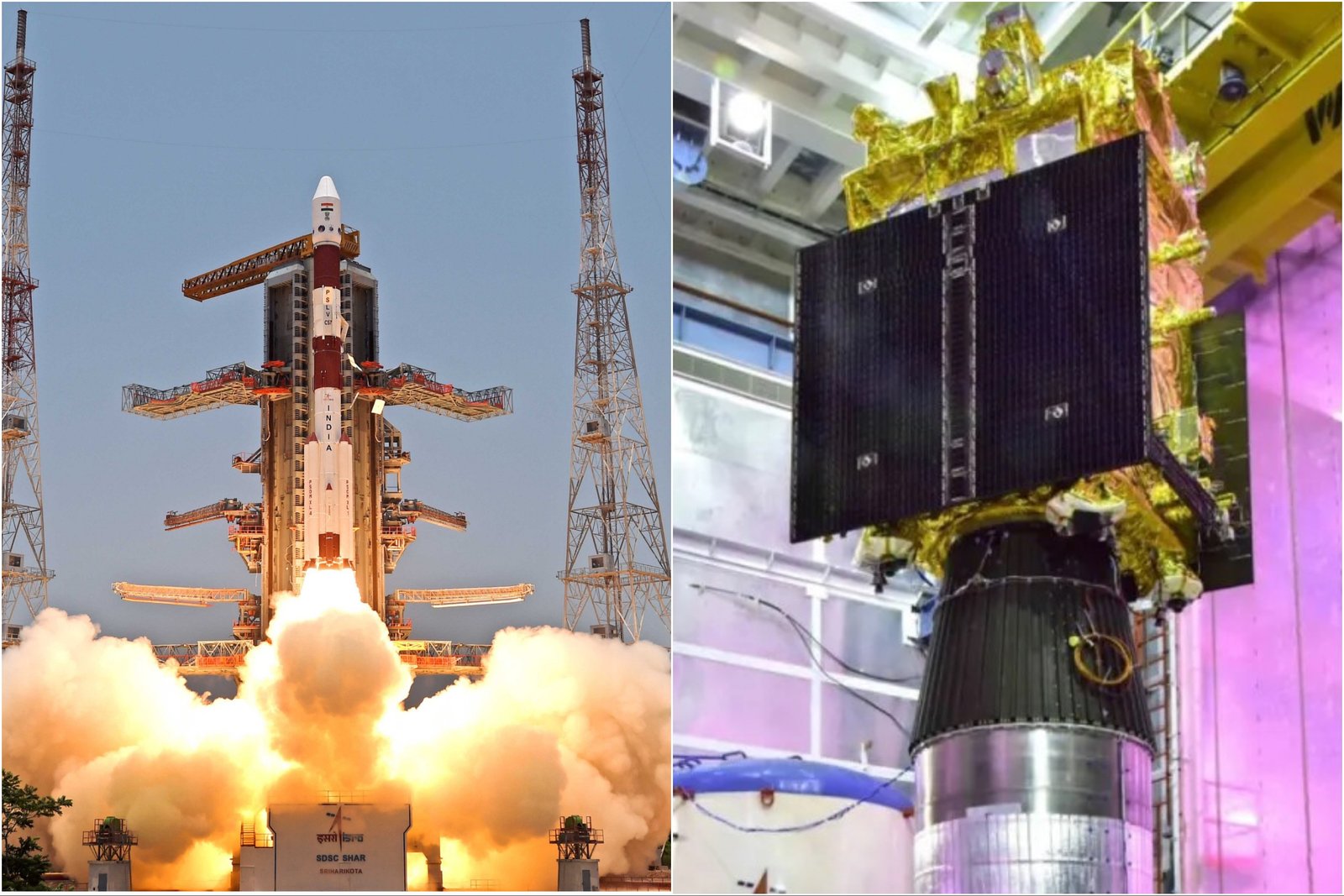After the moon, India launches its maiden solar mission Aditya L1
- EP News Service
- Sep 02, 2023

ISRO successfully launches India's first solar mission Aditya-L1
BENGALURU: After achieving phenomenal success with the Chandrayaan-3 Moon mission, the Indian Space Research Organisation (ISRO) successfully launched India's first solar mission Aditya-L1 on on Saturday, September 2 at 11.50 am from the Satish Dhawan Space Centre Second Launch Pad in Sriharikota in Andhra Pradesh.
The Aditya-L1 a coronagraphy spacecraft was launched aboard an expendable medium-lift launch vehicle the Polar Satellite Launch Vehicle (PSLV) and after separating the PSLV successfully injected the Aditya L-1 satellite into the desired intermediate orbit and headed for its 125-day journey towards the Lagrange point (L1) point.
After its journey of about four months, the Aditya-L1 mission is expected to reach the observation point and will be placed in a halo orbit around L1), which is 1.5 million km away from the Earth in the direction of the sun.
Aditya-L1 carries seven different payloads to have a detailed study of the sun, four of which will observe the light from the sun and the other three will measure in-situ parameters of the plasma and magnetic fields, solar atmosphere, and their impact on the environment around Earth.
Lagrange points are named in honour of Italian-French mathematician Josephy-Louis Lagrange. are positions in space where the gravitational forces of the Sun and the Earth produce enhanced regions of attraction and repulsion. According to NASA, these can be used by spacecraft to reduce fuel consumption needed to remain in position.
According to ISRO, placed in a halo orbit around the L1 point of the Sun-Earth system, the Aditya-L1 point will have the major advantage of continuously viewing the Sun without any planets obstructing the view or causing eclipses. "This will provide a greater advantage of observing the solar activities and its effect on space weather in real-time," the space agency said.
The Aditya-L1 mission holds the promise of significantly advancing the understanding of the Sun's behaviour and its interactions with Earth and the space environment. The planned observations and data collection from this mission could lead to several groundbreaking discoveries and insights in the field of solar and heliophysics like the Coronal Heating Mechanism, which is one of the central puzzles as to why the Sun's corona is much hotter than its surface.
Using the special vantage point L1, four payloads would directly view the Sun and the remaining three payloads are expected to carry out in-situ studies of particles and fields at the L1 point, thus providing important scientific studies of the propagatory effect of solar dynamics in the interplanetary medium.
Among the main aims would be to study, Space Weather Prediction to understand the Sun's behaviour for predicting space weather events, Solar Wind and Magnetic Field Studies to study solar wind's properties and the interplanetary magnetic field.
Conduct Comprehensive Solar Atmosphere Imaging and Understanding of Earth's Climate that can influence Earth's climate over long timescales and studying the Origin and Dynamics of coronal mass ejections that are powerful and potentially disruptive solar events are other major objectives of the expedition.











Reporter
Crisp, and to the point news coverage from India and around the world.
View Reporter News